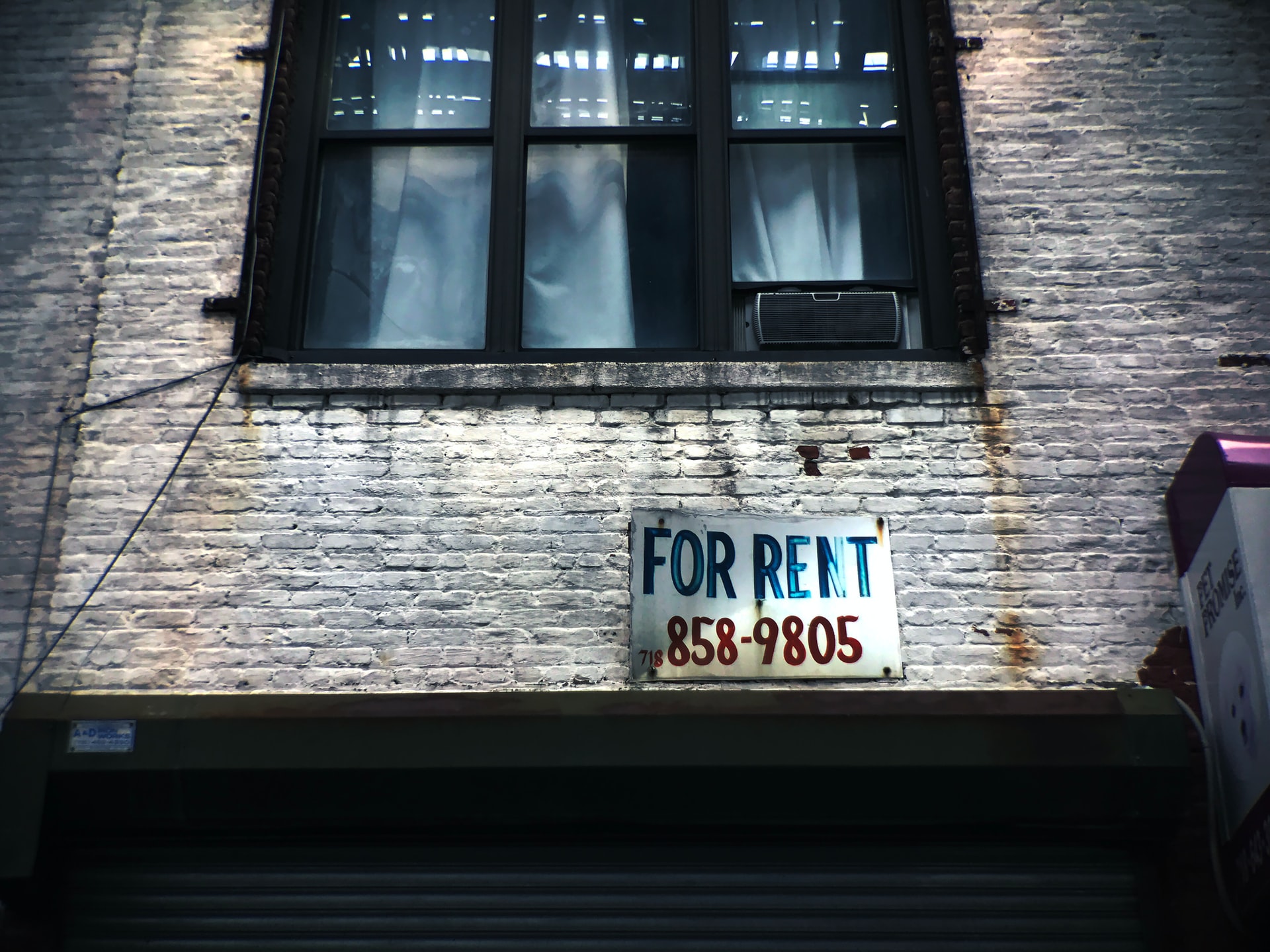On September 1, 2021, the Ontario government amended the Residential Tenancies Act. Among these amendments, includes important changes that provide greater protection to tenants for no-fault evictions.
What is a No-Fault Eviction in Ontario?
A no-fault eviction occurs when a landlord in Ontario asks a tenant to leave their unit when that tenant has not violated the terms of their lease. It is only legally permitted should the landlord provide the tenant with an N12 or N13 notice.
N12 Notice
An N12 form is used when the landlord wants to take the unit back for:
- Their own use
- The landlord or their immediate family member is moving in
- A person who provides care services to the landlord or their immediate family member is moving in
- The purchaser’s own use
- The purchaser or the purchaser’s immediate family member is moving in
- A person who provides care services to the purchaser or their immediate family member is moving in
N13 Notice
An N13 form is provided to a tenant when a landlord wants to take the unit back because the landlord:
- Intends to demolish the unit or the building
- Requires the unit or the building to be vacant to complete extensive repairs
- Intends to convert the rental unit for non-residential use
Changes to the No-Fault Eviction Scheme
The amendments to the Residential Tenancies Act with respect to no-fault evictions now include: (1) more requirements for no-fault eviction applications, and (2) more options for tenants who were evicted because the landlord’s no-fault eviction application was done in “bad faith.”
More Requirements for No-Fault Eviction Applications
The amendments to the no-fault eviction applications include three major changes that strive to make it more difficult for a landlord to use a no-fault eviction improperly. These changes include the following:
Affidavit Required by Tenant Moving in When Landlord Applies to Move into a Unit
When a landlord wants to evict a tenant under a form N12, the person who will be moving into the unit must give the Landlord and Tenant Board an affidavit or a declaration stating that they need the unit for at least one rule. Previously, this affidavit only needed to be provided before or at any Landlord and Tenant Board hearing. Under the amended rules, the person swearing the affidavit must now give this form to the Landlord and Tenant Board at the time the landlord files the eviction application. By moving up the timeline for providing this affidavit, tenants will now know who will be moving into the unit and can thus be better prepared for any eviction hearings.
Landlord Must Include Information About Past No-Fault Evictions
In addition to changing the timeline for providing an affidavit, when they apply to evict a tenant landlords must now include information about any N12 or N13 notices that they have given tenants in the past two years.
The landlord must include the following details on Form L2 about these past notices:
- The address of the unit or units involved
- The date the landlord gave the notices to the tenants
- The reason for the notice
Requiring landlords to include any past no-fault evictions they carried out in the past two years can demonstrate whether there is a legitimate need or if the landlord has engaged in a pattern of no-fault evictions.
Landlord and Tenant Board May Use Information About Landlord’s Past Evictions
The amendments provide that the Landlord and Tenant Board can use this information about a landlord’s past no-fault evictions when deciding whether a current tenant should be evicted. As noted above, where a landlord has a history of no-fault evictions, there is more room for the Landlord and Tenant Board to doubt a landlord’s motivations.
More Options for Tenants Evicted in “Bad Faith”
Where a tenant is served with notice of a no-fault eviction and believes they are being evicted in bad faith, the tenant can file with the Landlord and Tenant Board a T5 application, “Landlord gave a Notice of Termination in Bad Faith.” The form gives a tenant an opportunity to explain why they believe their landlord acted in bad faith in evicting them.
The amendments made two changes to the T5 form by providing tenants with a mechanism for requesting greater compensation and with more time to file a certain type of T5 application.
Tenant May Request “General Compensation”
A tenant can now request “general compensation” on a T5 form. General compensation can be requested even if the tenant has had no negative impact from their eviction other than the illegal eviction itself. General compensation, however, is capped at an amount equal to a tenant’s last 12 months of rent.
Tenant has Two Years to File a T5
When a landlord gives a tenant an N13 notice to do repairs or renovations, the tenant has a “right of first refusal” to move back into the unit once the repairs are completed. If a landlord did not let a tenant exercise their right of first refusal, the tenant now has two years from the time they moved out to file a T5 application. Previous to these amendments, evicted tenants denied their right of first refusal had one year to file a T5.
While the amendments take effect September 1, 2021, tenants who filed their T5 prior to this date may still benefit from the extension if the Landlord and Tenant Board:
- Has not made a final decision on the tenant’s T5
- Refused to accept the T5 because the tenant filed it more than a year after the tenant moved out. If it is still less than two years since the tenant moved out, the tenant can file a new T5 application within the year
Contact Oakville Real Estate Lawyers For Representation In Real Estate Litigation and Real Estate Law Services
At Campbells LLP our experienced team of real estate lawyers can assist in responding to any N12 or N13 notice provided by your landlord. We provide a wide range of services related to residential real estate and are adept at representing clients before the Landlord and Tenant Board with positive results. To speak with a lawyer about your real estate law needs, contact us online or at 905-828-2247 to schedule a consultation.

